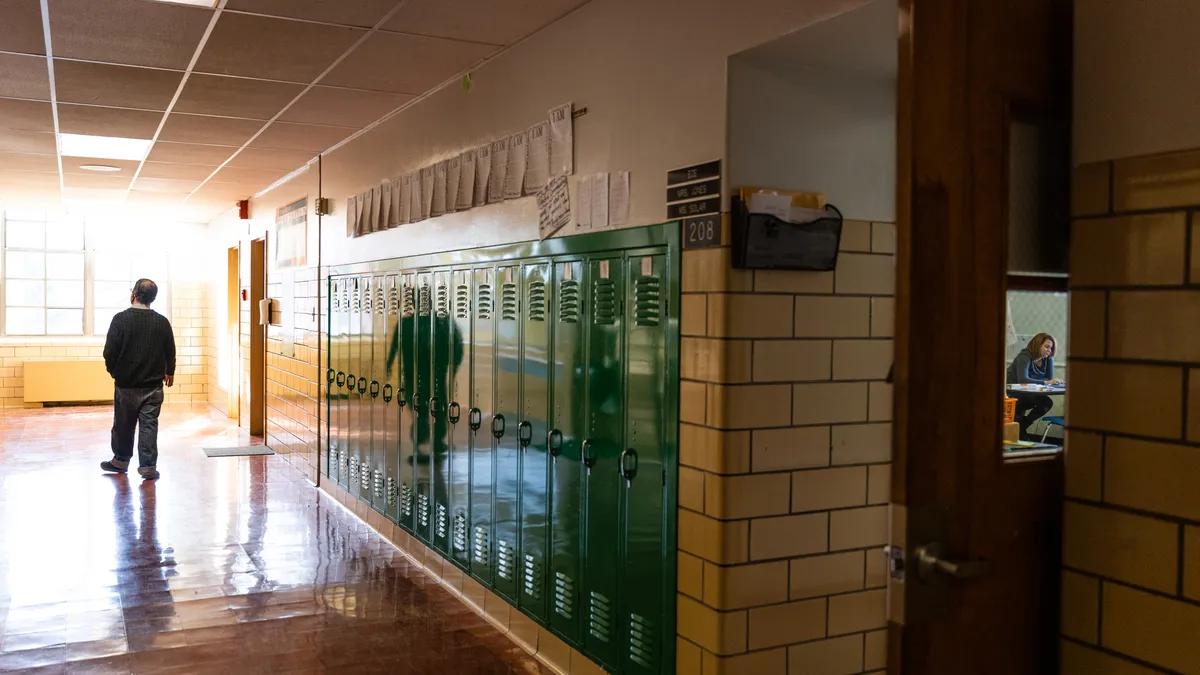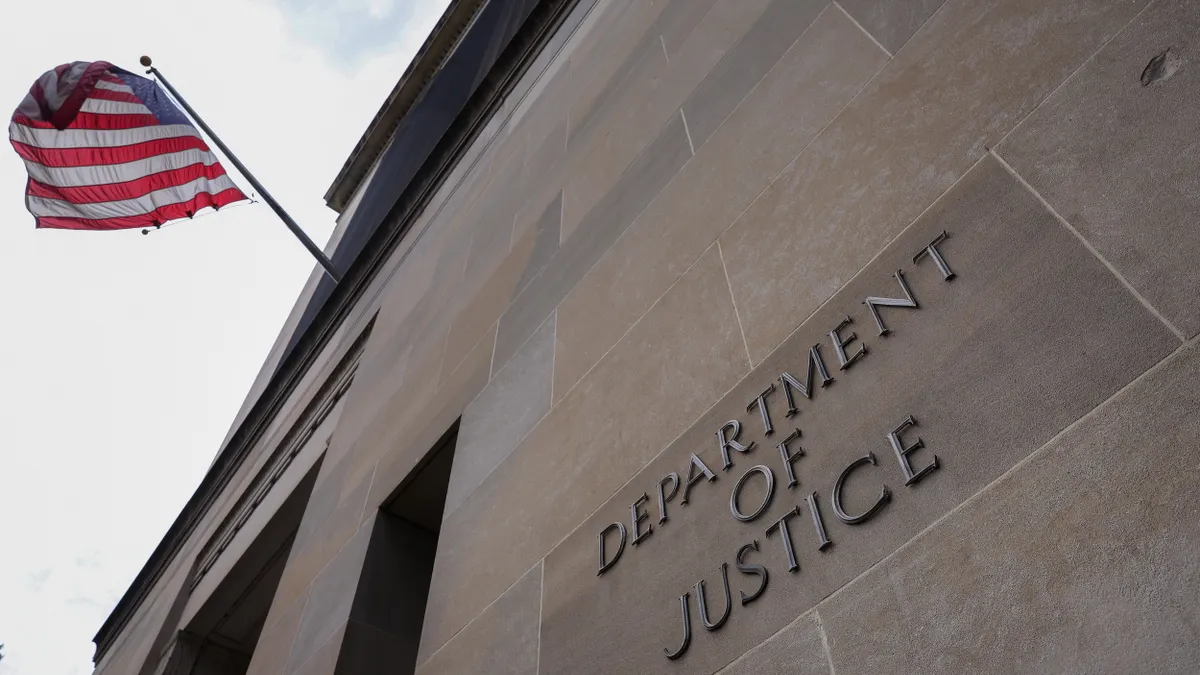Many California school districts were on track to have substantially higher rates of suspensions showing racial disparities during the 2019-20 school year had the coronavirus pandemic not forced schools to go remote, according to a study released Tuesday by the Center for Civil Rights Remedies at the UCLA Civil Rights Project.
COVID-19's abrupt arrival in early 2020 caused schools across the nation to move to virtual learning, and as a result suspension rates fell for the remainder of that school year.
In California, that translated to a 34% drop in K-12 suspension rates, from 354,516 in 2018-19 to 233,753 in 2019-20, the study said. But had the pandemic not intervened, suspensions would have hit an estimated 330,304 in 2019-20, which at a 6.8% drop would still have been lower than the actual recorded suspensions in 2018-19.
This report uses the recorded suspensions that took place in the first 70% of the 2019-2020 school year. To arrive at the projected rate, researchers calculated the rate of suspensions per 100 students had they continued at the same rate in the final 30% of the year. The report includes statewide data, as well as district-level data for systems with more than 500 students, said Daniel Losen, the center's director.
For example, the recorded suspension rate for Black students in 2019-20 was 11.78 per 100 students. The projected suspension rate for Black students, however, hit 16.70 per 100, Losen said. Researchers found larger racial disparities for those suspended had the pandemic not occurred.
California rates of suspension per 100 students in 2019-20
Schools "still have very serious problems with how they're responding to kids' misconduct," Losen said. But "if you looked at your discipline data, it would be easy to overlook."
Furthermore, continued disruptions to in-person learning during the 2020-21 school year resulted in most districts in the state reporting no in-school or out-of-school suspensions , the study said. California discipline data for the 2021-22 school year will not be available until later this year.
Comparing the raw data to include when school campuses were shut down shows an incomplete picture of discipline trends in California by creating a false impression that disproportionate discipline has decreased, Losen said.
Without the full analysis of discipline trends, districts may miss opportunities to improve school climates and allocate staff resources to respond to student misconduct, he said. Efforts to reduce disproportionality are especially needed now, as anecdotal evidence points to increased challenging behaviors in schools, and as schools struggle with staff shortages, Losen said.
The report notes the state had acted before the pandemic to reduce exclusionary and disproportionate discipline. For example, California was the only state to include high suspension rates as a key indicator in its statewide system of school and district accountability. That accountability system, however, was paused during the pandemic, according to the Center for Civil Rights Remedies report.
Moreover, the state legislature has taken action to reduce suspensions, including amending the school code of conduct to prohibit them as a disciplinary response to minor disruptive or disobedient conduct in K-8.
The report also raises concerns about inaccuracies and under-reporting on using police to address school discipline.
School-generated reports from the 2017-18 school year show students with disabilities were twice as likely to be referred to law enforcement. Law enforcement data collected by police for reporting to the district attorney's office, however, show students without disabilities are more than three times as likely to be stopped by police than students with disabilities.
Nationally, school suspensions for secondary students had been declining in the years leading up to the pandemic. According to a survey by the National Center for Education Statistics, 14.4% of students in grades 6-12 in 2019 reported having been suspended, compared to 19.6% in 2012.
Some school districts are making efforts to decrease or eliminate exclusionary discipline. Dallas Independent School District in Texas, for instance, has eliminated most traditional in-school and out-of-school suspensions by creating a Reset Center classroom at each comprehensive middle and high school.





















